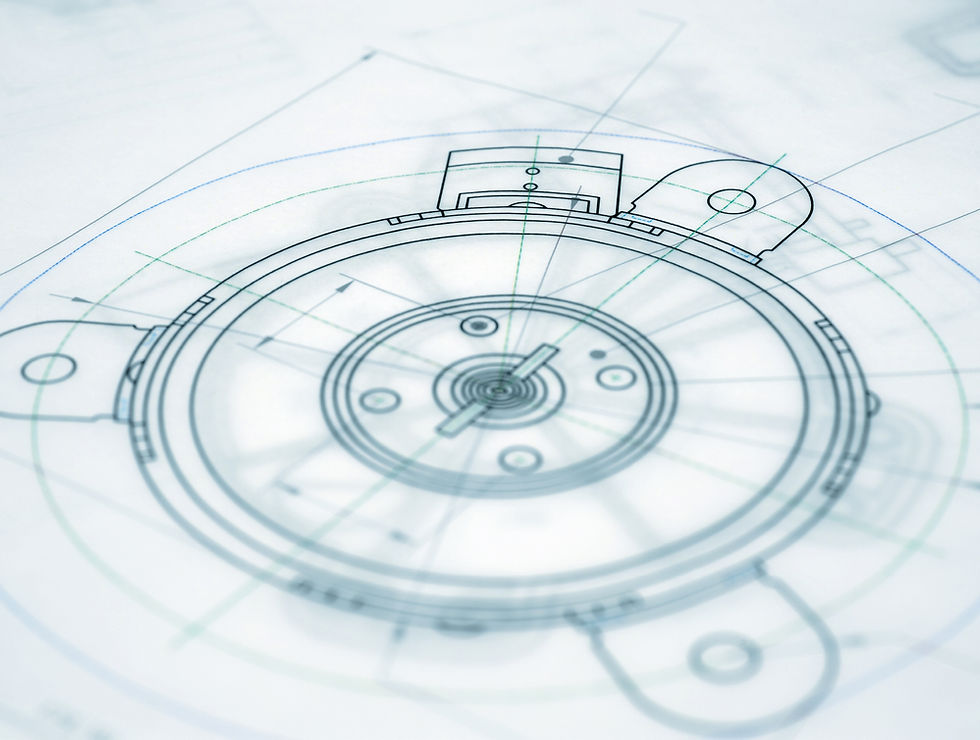
Testing



Steering Front View
Suspension Side View
Steering Top View


Steering Mechanism
Since one of the primary requirements for the steering mechanism is turning radius, that is the first parameter of the steering mechanism to be tested. This is performed by placing the vehicle at a standstill and marking the center of the rear axle on the floor. The vehicle is then turned completely to the right of left and given a small amount of power to perform the turn. The vehicle is then stopped when the position of the vehicle is exactly 180 degrees from the original position. The center of the axle is marked again and the distance is measured from the first point to the second. To test the accuracy of the steering principle, the vehicle is placed on a drawing surface and is pushed to perform a turn. The tracks made by the wheels are marked in the paper and the radii are measured. Using the measurements, the circles can be observed as being concentric or out of alignment.
For the first test we focused on the turning radius of our project. In order to be successful during the RC Baja competition the car must turn within 6 feet on either side. The test was conducted by placing the car on the floor and marking the center of the front of the car on the ground with tape. Then using different speeds we powered the car and steered to its maximum turning distance to each side. With the data we collected we learned that the right side turns at an average radius of 1.7 feet while the left turns at a radius of 2.8 feet. The change in distance is quite substantial. Plans have been made in order to make the turning distances even. The alignment impacts the turning radius as well as the angle of the suspension arms. If the shocks are mounted at a higher distance and further out horizontally this will make the shocks be at a smaller angle. They will have more impact on the suspension arms and give the frame a higher siting position. Focusing on the turning radius, If the shocks are altered this could effect the steering assembly in turn effecting the turning radius. The next test will be seeing how changes to the shocks impact the turning radius.
Suspension
Since one of the primary requirements for the steering mechanism is to be able to support the drive train the suspension will be tested. This is performed by placing the drive train on the chassis plate and seeing if the chassis can support the total weight. The next test will be to see if the car can roll while supporting the total weight. Another test will be conducted focusing on the chassis traveling over small bumps and hills. The car must also be able to travel over different types of terrain including dirt and wood chips. All testing will be conducted before the competition.
Contact Me
